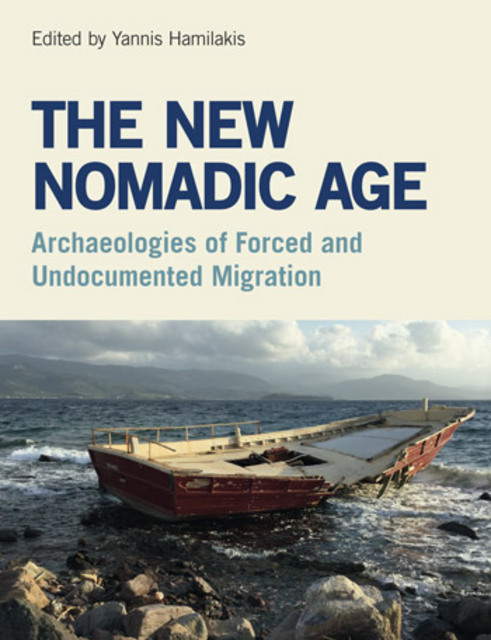Hamilakis/New Nomadic, 10. Interrupted Journeys

Full description
Perhaps the most direct way to record, explore and understand the materiality of the experience of forced and undocumented migration today, and a particularly dramatic way to communicate such experience, is to let refugees speak for themselves. Plat-forms like Vimeo and YouTube are full of interviews, subtitled to overcome the inevitable barrier of language; but in the camps themselves, with paper and simple art supplies, forced migrants are telling their story visually, with nothing beyond a bit of contextual background and no subtitles necessary.The current essay presents some of these artworks2 with the minimum context needed to enter into the experience of the interrupted journeys they represent. The artworks themselves are the work of displaced, forced migrants, at different camps and sites on the Greek island of Lesvos. Art is a powerful advocacy tool to communicate stories, and can also provide a vehicle for self-development and personal expression. Art provides a platform to raise awareness and encourage displaced persons to realize their own potential. It also has undeniable cathartic and healing value.Kara Tepe camp was established by the municipality of Lesvos, on the outskirts of the city of Mytilene. In 2015 it offered hospitality to approximately 900 persons, mostly families and women for the most part from Afghanistan, Cameroon, Eritrea, Iraq, and Syria.
- typeImage
- created on
- file formatjpeg
- file size53 KB
- container titleThe New Nomadic Age: Archaeologies of Forced and Undocumented Migration
- creatorAngela Maria Arbelaez Arbelaez, Edward Mulholland
- isbn9781781797129 (eBook)
- publisherEquinox Publishing Ltd.
- publisher placeSheffield, United Kingdom
- rights holderEquinox Publishing Ltd.
- doi
We use cookies to analyze our traffic. Please decide if you are willing to accept cookies from our website. You can change this setting anytime in Privacy Settings.
